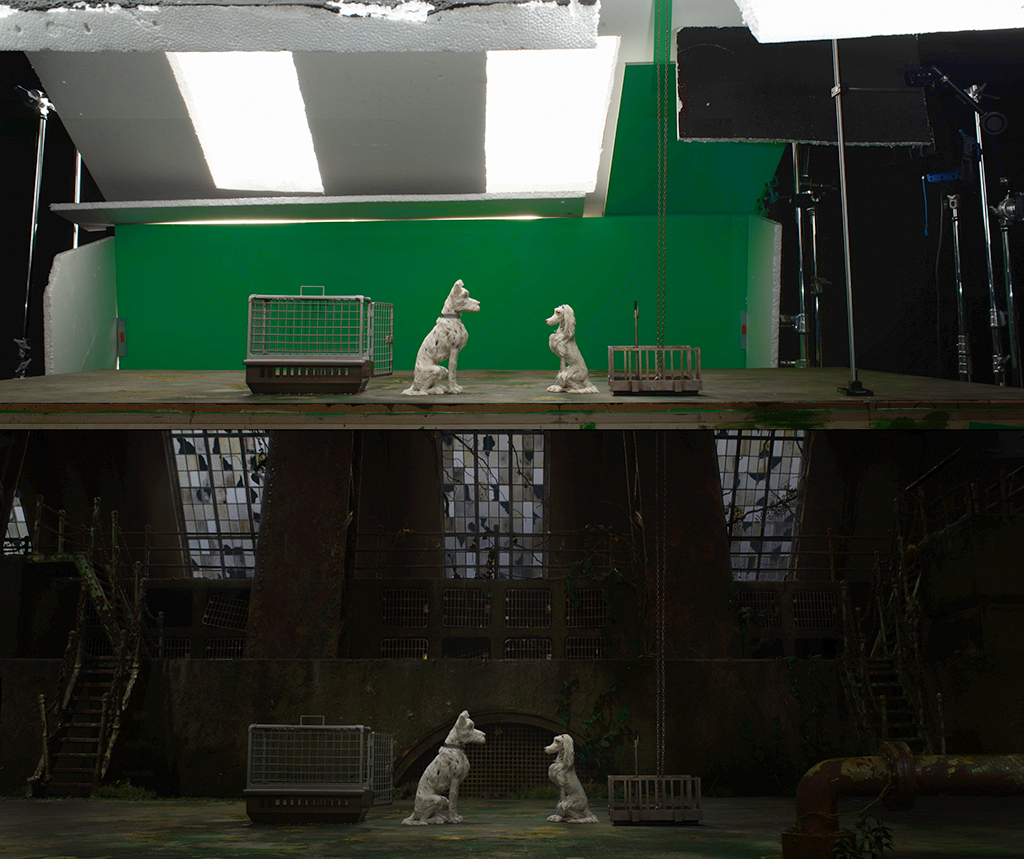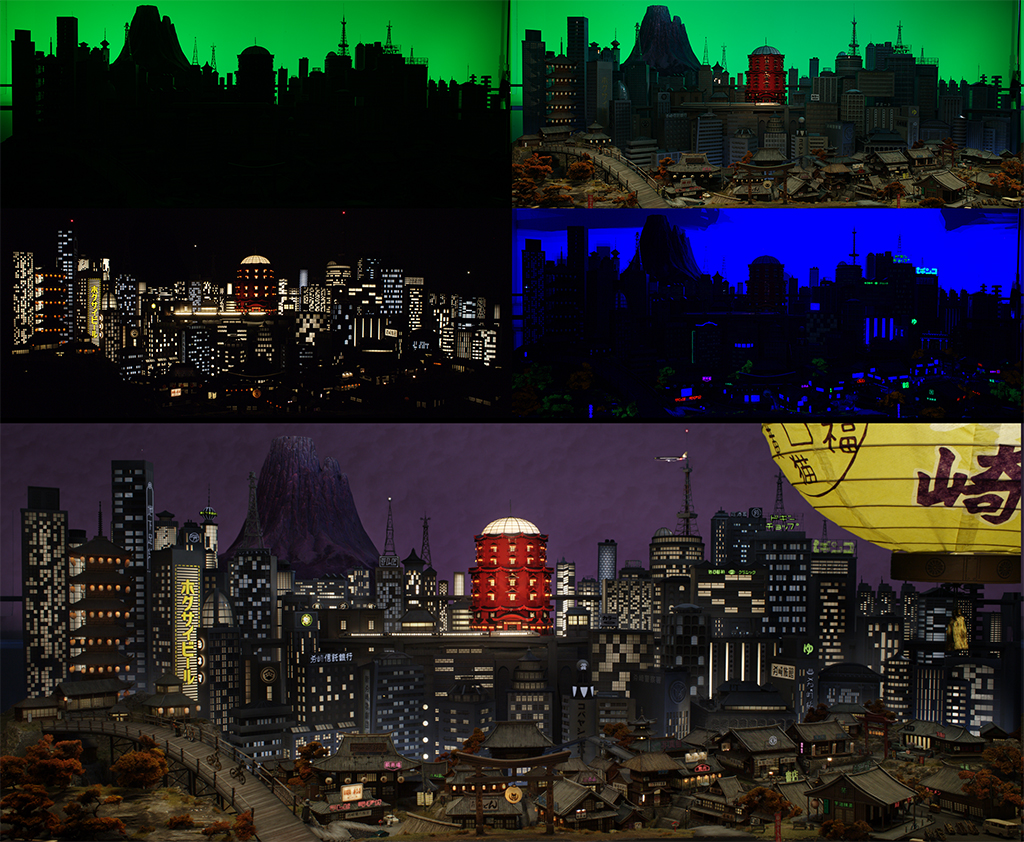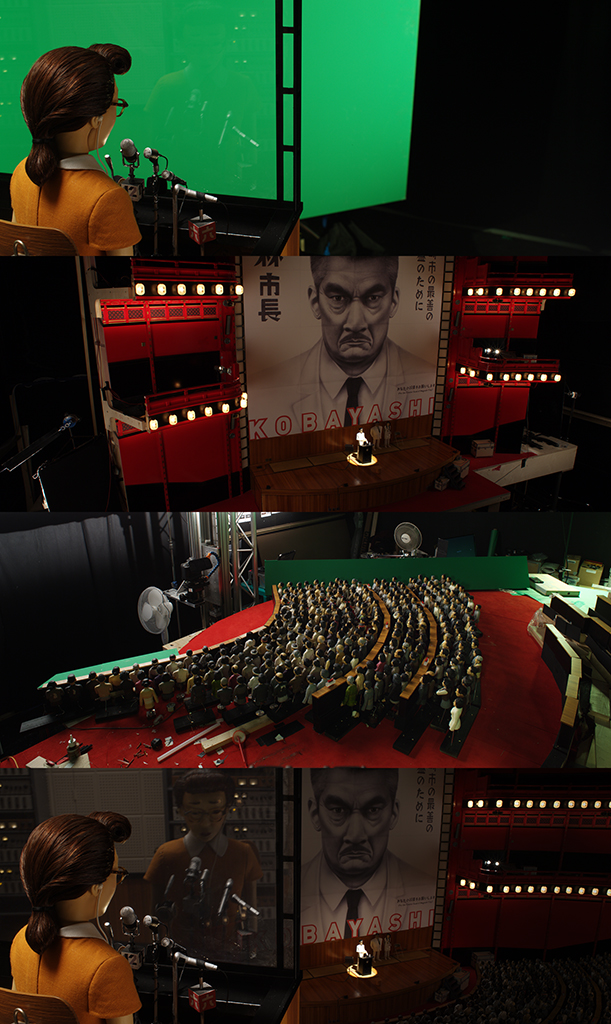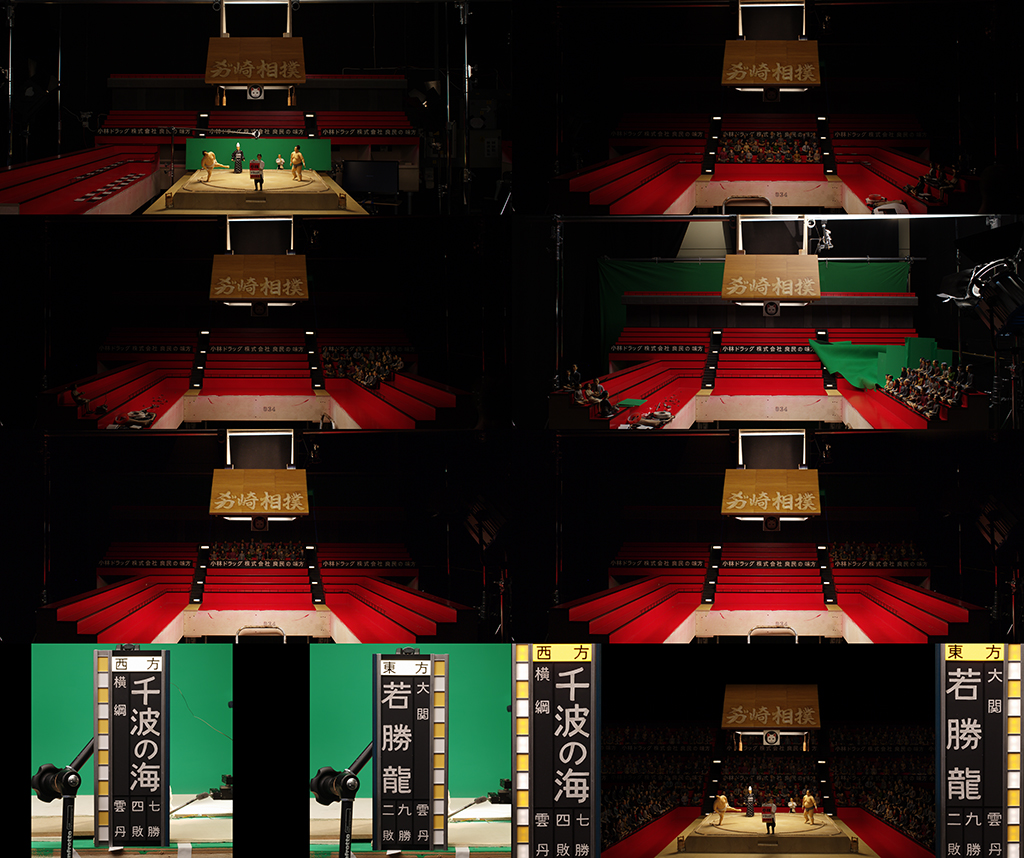By IAN FAILES
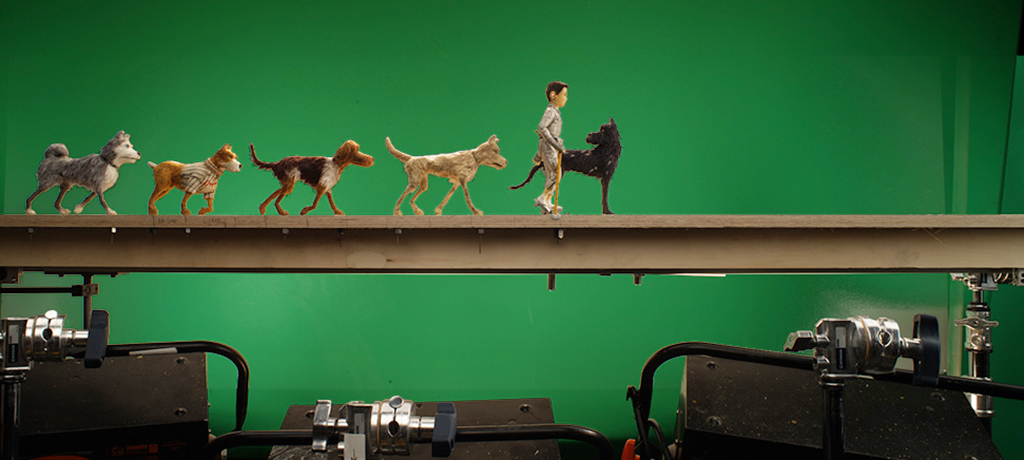
By IAN FAILES

When Wes Anderson’s stop-motion animated Isle of Dogs was released earlier this year, the film was highly praised for its handcrafted style. The director leaned heavily on real puppets and real sets to tell the Japan-based story of a group of dogs relegated to a trash island. But, as is the case with many stop-motion films these days, visual effects helped play a significant role in producing the final images.
An in-house VFX team, led by Senior Visual Effects Supervisor Tim Ledbury, would touch every single frame of Isle of Dogs in some way – for a total of 950 shots. Ledbury, whose previous credits include other stop-motion films such as Frankenweenie and Fantastic Mr. Fox, told VFX Voice about the range of visual effects work required for Anderson’s film.
VFX Voice: Not everyone would think that a film like Isle of Dogs would involve so many visual effects – how much a part of the animation effort is visual effects in the production?
Tim Ledbury: Visual effects is quite integrated into Isle of Dogs because the whole film is essentially an effect. And in this particular film, it’s the first time compared to the other films I’ve done where we actually worked on every shot in the movie in some capacity. Normally you work on about 80% of the film, but on this one we actually hit the 100%.
VFX Voice: What did that work entail?
Tim Ledbury: There are the more obvious shots which required shooting over 90 elements and putting them together, using bits of CG to combine and track and fit them together. We shot 8,000 elements; certainly, we ingested 8,000 elements into the effects. Then there’s all the general rig removal from the puppets that has to happen on any of these films.
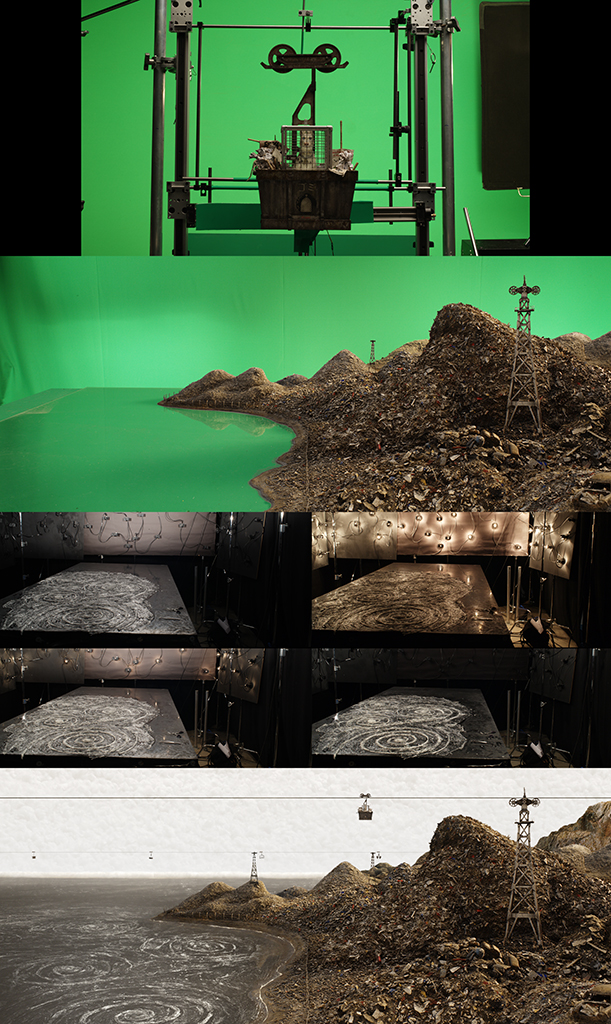
“Visual effects is quite integrated into Isle of Dogs because the whole film is essentially an effect. And in this particular film, it’s the first time compared to the other films I’ve done where we actually worked on every shot in the movie in some capacity.”
—Tim Ledbury, Senior Visual Effects Supervisor
Also, Wes changed the way he was doing the face animation – all the replacement heads were hand-painted and that meant more visual effects because there was a lot of variation. When you run a shot you get a lot of color change and popping. On one of the characters, Tracy, her face had freckles and they were moving around, so we had to use a lot of tracking and 3D and vector warping to try and track all her freckles back onto her face.
Beyond that, we were also managing the shoot in terms of building a lot of miniatures, and compositing the puppets into miniatures. Wes didn’t particularly want to overtly go with glass matte painting or anything like that. He wanted everything to be a miniature, and have a miniature quality. So instead of traditionally doing a matte painting, we built a whole lot more miniatures. I think there were about 250 sets for this film. Fantastic Mr. Fox had 75.
VFX Voice: How do you use those miniatures in the final shots?
Tim Ledbury: With those miniatures we’d also shoot 360-degree images inside, get lots of photogrammetry, and then shoot action on greenscreen and composite it altogether. The advantage of stop-motion is that, for every frame of animation, you can shoot any number of multiple white passes, or even sliding greenscreens, take them away, and slide in white screens or black screens at any time. That effectively gives you a CG light pass, but with puppets and miniatures, which obviously helps a lot when you’re combining these things together.
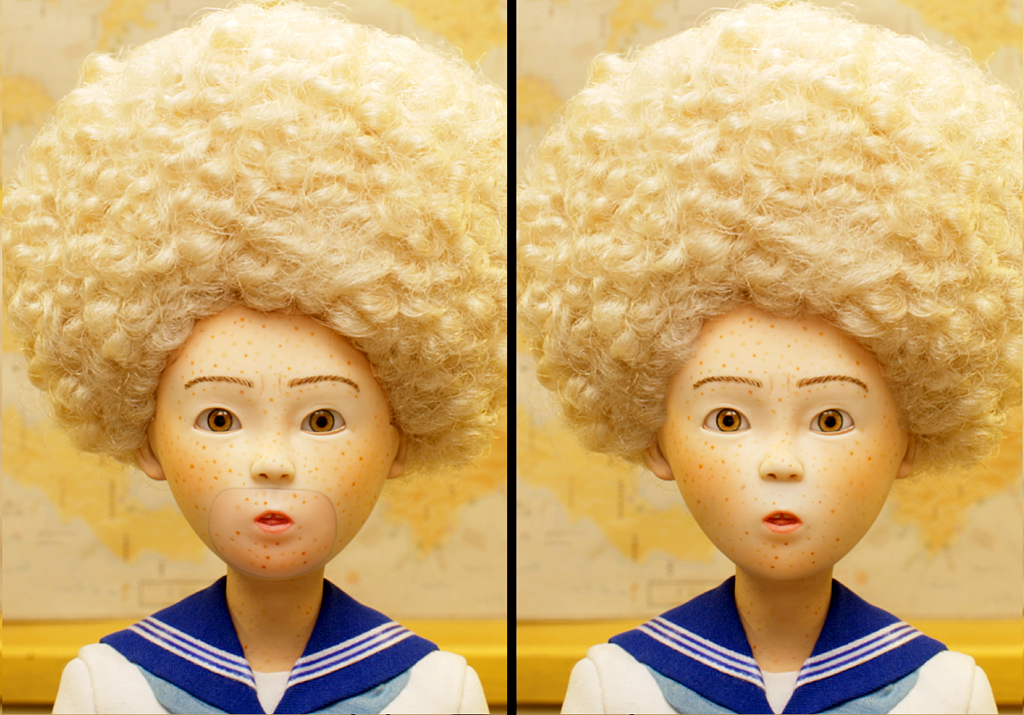
“[Director Wes Anderson] wanted everything to be a miniature, and have a miniature quality. So instead of traditionally doing a matte painting, we built a whole lot more miniatures. I think there were about 250 sets for this film. Fantastic Mr. Fox had 75.”
—Tim Ledbury, Senior Visual Effects Supervisor
VFX Voice: There’s so many hand-crafted-looking environmental effects in the film for things like smoke, fire and water, even clouds and explosions. How were those shot and then brought into the final scenes?
Tim Ledbury: There was a dedicated animation testing group that tested all sorts of different cotton wool and techniques for smoke. The biggest task actually was the cling film water for the sea. You’d think initially it’d be quite a simple process, it’s just rippling some cling film to look like water, but we had to build this elaborate system of barley twist rods with layers of rubber and cling film and clear hair gel for this thing to be animated and to get the elements we needed.
Those would be composited into shots, because we could never shoot them with the animation since the cling film would have to be hundreds of meters wide. For other elements like explosions or smoke, some were done on set with rigs. We had to remove the rigs with multiple lighting passes so we could get the internal lighting of the explosion, and mix that around in compositing to get the right look.
For other stuff that was too delicate to rig, like clouds in the air, we shot on glass tables and then composited that into shots. The fire was shot on a glass table and then comped into shots, but it was also, if possible, supported on set. Then we removed any rig or any wires, because all the fire had to have interactive lighting, and there were wires going to the fire just to have them flicker. Again, we shot that as light passes, so we were able to flicker the light for any particular flame the way we wanted to when we composited the shot together.
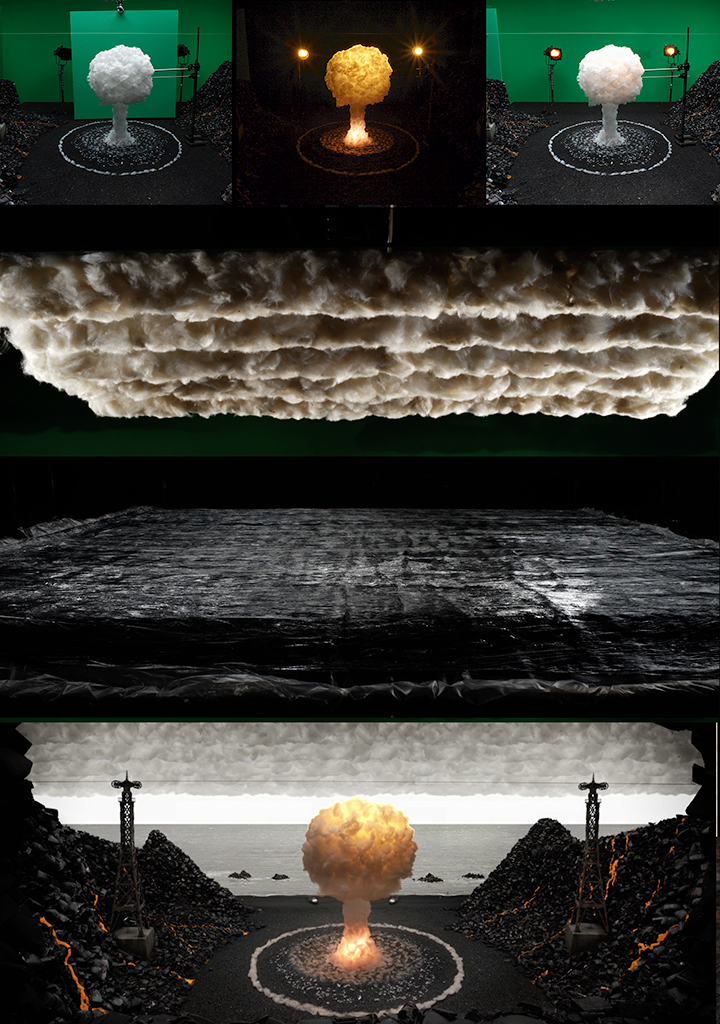
“The advantage of stop motion is that, for every frame of animation, you can shoot any number of multiple white passes, or even sliding greenscreens, take them away, and slide in white screens or black screens at any time.”
—Tim Ledbury, Senior Visual Effects Supervisor
VFX Voice: Did you have an in-house team, or were you using any outside vendors to do the visual effects work?
Tim Ledbury: We built the entire VFX pipeline and did the entire 950 shots at three Mills Studios, which is where the animation was filmed. We developed quite a few clever tools to be able to help speed up the process of compositing and stop-motion.
VFX Voice: What was one of those tools, in particular?
Tim Ledbury: We had one that was called ‘onN.’ Essentially with stop-motion, the animators don’t always advance every frame, so they sometimes only shoot on twos or fours; that’s why it’s called onN [The tool was developed by Visual Effects Supervisor Lev Kolobov, with the name meaning ‘on N-number of frames’]. This tool could detect where movement was happening in a frame, or portion of a frame, and then condense the shot in NUKE down to just those frames.
You can then work completely in NUKE as normal, without having to think about anything. Later, you can take the tool again and expand all of the work that happened on the shot, and all of the nodes that you did the work on, back into the full-length shot. What happens is, a portion of the shot isn’t advancing at the same time, so it meant that you could turn a shot with 120 frames and condense it down to 50 frames. Then the person would just have to work on those 50 frames and not think about anything else, and the tool would convert it back out.
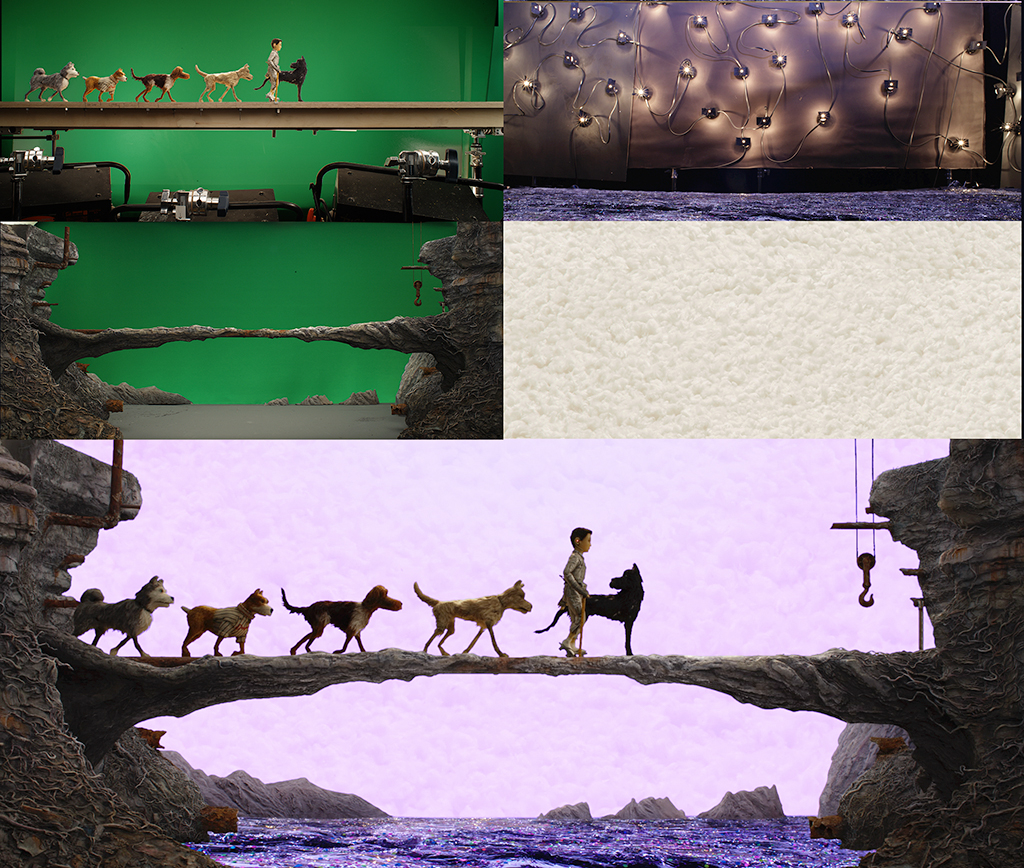
“We built the entire VFX pipeline and did the entire 950 shots at three Mills Studios, which is where the animation was filmed. We developed quite a few clever tools to be able to help speed up the process of compositing and stop motion.”
—Tim Ledbury, Senior Visual Effects Supervisor
Not having to manage all that extra stuff made life much easier. Then people could get on with making the stuff look good, rather than having to manage or sift through the shots again and again to try and work out when things are happening.
